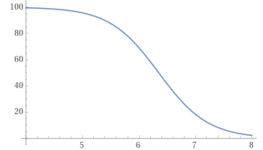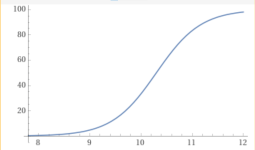Pool shops I've been to have suggested a range of 125-150 ppm for TA. I've seen it mentioned a lot, on the internet, to keep the TA at 80-120 ppm.
This forum has suggested that there's nothing wrong with a TA of 60-70 pm for a SWG pool.
I actually suggested this a few months ago , to the pool testing man at the shop. My logic was that with going for a lower TA would require less Bicarb to be added. On top of this, my thought is that LESS acid would also be needed to bring the pH down. From what I read, the TA receives Hydrogen ions. This would mean if the pH needed to be reduced then any acid added would need to be " consumed? " by the TA before it had an effect on reducing pH. I know this flies in the face of advice from the pool shop man who said that a lower TA would mean MORE acid would be used ( I don't agree with this )
After reading the Orenda blogs I also learnt that a lower TA results in a lower pH "ceiling", another desirable outcome.
Is this reasoning valid? If I'm correct then is the only reasoning for shops to suggest a higher TA is to sell more chemicals?
This forum has suggested that there's nothing wrong with a TA of 60-70 pm for a SWG pool.
I actually suggested this a few months ago , to the pool testing man at the shop. My logic was that with going for a lower TA would require less Bicarb to be added. On top of this, my thought is that LESS acid would also be needed to bring the pH down. From what I read, the TA receives Hydrogen ions. This would mean if the pH needed to be reduced then any acid added would need to be " consumed? " by the TA before it had an effect on reducing pH. I know this flies in the face of advice from the pool shop man who said that a lower TA would mean MORE acid would be used ( I don't agree with this )
After reading the Orenda blogs I also learnt that a lower TA results in a lower pH "ceiling", another desirable outcome.
Is this reasoning valid? If I'm correct then is the only reasoning for shops to suggest a higher TA is to sell more chemicals?


 With accurate home testing, in your are usually from a test kit from Clear Choice Labs, you do know exactly what to get with no distractions or pushy sales tactics.
With accurate home testing, in your are usually from a test kit from Clear Choice Labs, you do know exactly what to get with no distractions or pushy sales tactics.
